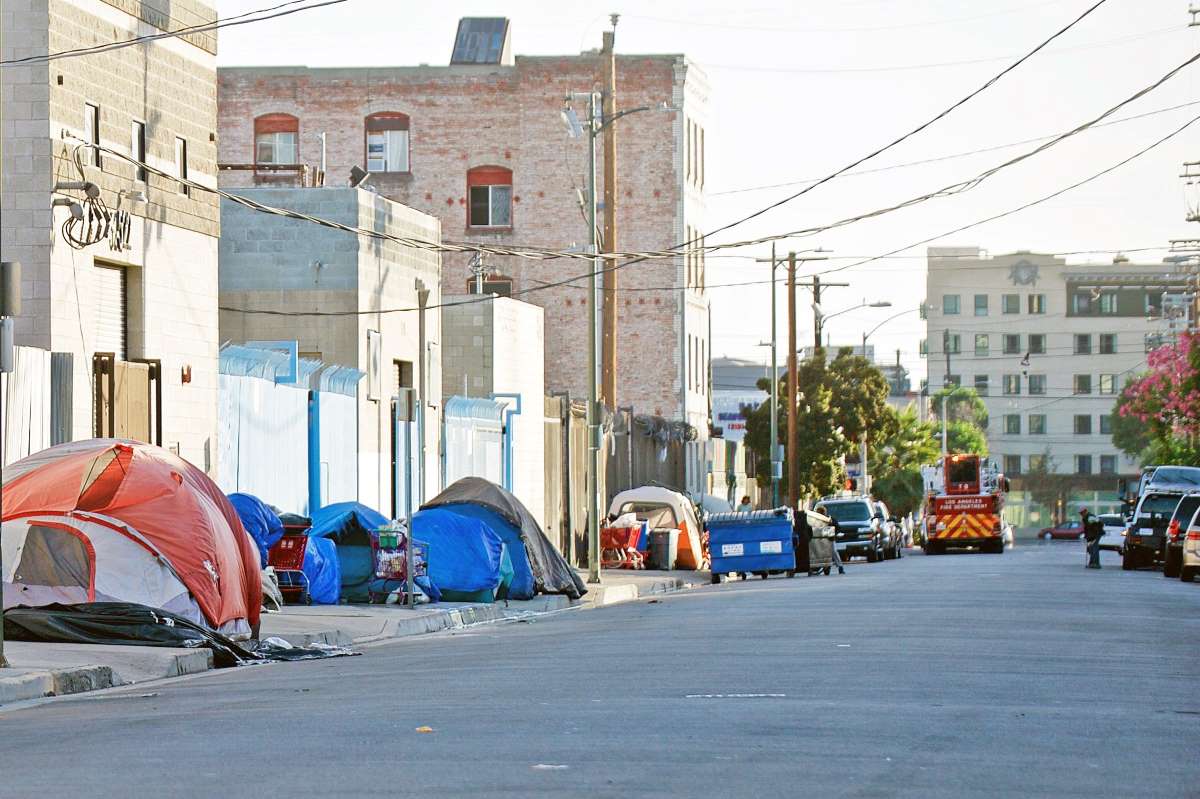Spoiler Alert: There is. It Just Isn’t What You Think.
In North San Jose, California, a sprawling 64-acre stretch of land belonging to the multi-trillion-dollar conglomerate Apple Inc. had a peculiar problem. The land had grown into a sweltering encampment for Silicon Valley’s ever-growing homeless population. People used tents, RVs, and rundown vehicles as homes, which crowded the lot. Apple decided that something had to be done. Their effort to clear the encampment was met with staunch criticism from both sides of the crisis.
According to Vice, Apple spent millions of dollars on temporary housing solutions for individuals residing on corporate land for many months. In response to this proposition, housing advocates were furious. They wanted long-term solutions and guarantees that encampment residents would not simply be shuffled from one desolate corner to another with no real help, as is sadly so often the case. They looked at Apple, which is now worth over $2 trillion, as a corporation that could do more for our neighbors without walls.
Some critics pointed out that many promises for people residing in vehicles, such as the offer to correct tags and get cars up and running, had not been delivered. Others claimed hotels were already doing their best to kick out homeless residents who had been placed there. The most significant opposition was that the offer of a nine-month motel stay wasn’t a permanent solution. This is sad but true.
NIMBY activists were equally furious with most of the choices Apple made.
For example, homeless encampment residents who were unable to take up residency in motels were offered sanctuary in a rundown old tech building bordering Vista Montana. In response to the offer, residents started a petition boasting nearly 1,200 names in opposition. When interviewed by local media source Mercury News, residents in the area made the following claims:
“…really not happy about it.”
“I don’t know that people are going to feel comfortable taking their kids to the park.”
One anonymous local even printed out a flyer with pictures of the Apple RV setup. It was captioned, “Stop the insanity!”
One California resident truly captured the sentiments on both sides when she said, “We want a real solution. This is just a Band-Aid that doesn’t even fit correctly.”
As you can see, Apple was in a really tight place. No matter how many millions of dollars they spent “cleaning up,” the mess left behind was worse. Advocates and activists alike continued rallying against the corporate tech Giant and criticizing how it chose to handle the homeless encampment.
The situation is unfortunate but certainly not unique. In the Capitol Hill region of DC, officials continually “clean up” encampments, only to find homeless residents shuffled from one corner to another. One deflated DC encampment resident told the Washington Post, “They done kicked me out of so many places so many times. It’s just the way it is now”.
In the Kensington section of Philadelphia, similar sentiments prevail to the point where the Philadelphia Inquirer has called homeless encampments a “civic puzzle no one’s been able to solve.”
Like most puzzles, the missing piece is hidden in plain sight.
The Reason Homeless Encampments Stir up Controversy and Complexity
There’s nothing messier than a homeless encampment cleanup. The underlying reason for this isn’t complicated at all. Human beings do not deserve to live like animals, groveling on street corners, sleeping outside in the rain, lacking basic sanitation and nutritional services. How did we reach this point of destitution?
Nobody wants to face the fact that we, as a society, have done this to our fellow human beings out of selfishness, gluttony, and ignorance. So instead, we create a false narrative, trying to convince ourselves that individuals experiencing homelessness have done it to themselves. Nothing could be further from the truth.
Following the initial false narrative, it becomes easier to respond to the situation with brute force through criminalization and sweeps. On the surface, a homeless encampment looks like unwanted goods strewn about. The sad reality is that those belongings are people’s most prized possessions.
When you clean up an encampment, what you are actually doing is bulldozing over people’s homes. You are trashing all their legal documents, throwing away their food, their phones, their medication.
Leaving these encampments up as a “permanent solution” is not the answer either. As stated above, human beings need shelter to survive. Housing isn’t a luxury. It’s a requirement. This is why unhoused individuals are three times more likely to die prematurely and often from treatable conditions.
The Right Way to Clean Up Homeless Encampments is by Giving People Housing
Throughout your life, you have met someone who was in need. If you met a person who needed clothes, you probably donated clothes. You did not suggest that they walk around with no clothes on or that they make their clothes out of cardboard boxes because that would be ridiculous. If you met someone who was hungry, you probably gave them food or drink. You understand the fact that these things are necessary to survive.
Shelter is also a basic need and one that we can fill.
Talk to your legislators about the current shortage of 7 million-plus affordable homes. People in homeless encampments are just like everyone else in the sense that they have unique individual needs. However, they have one common need that is going unfulfilled. They each need a home.













